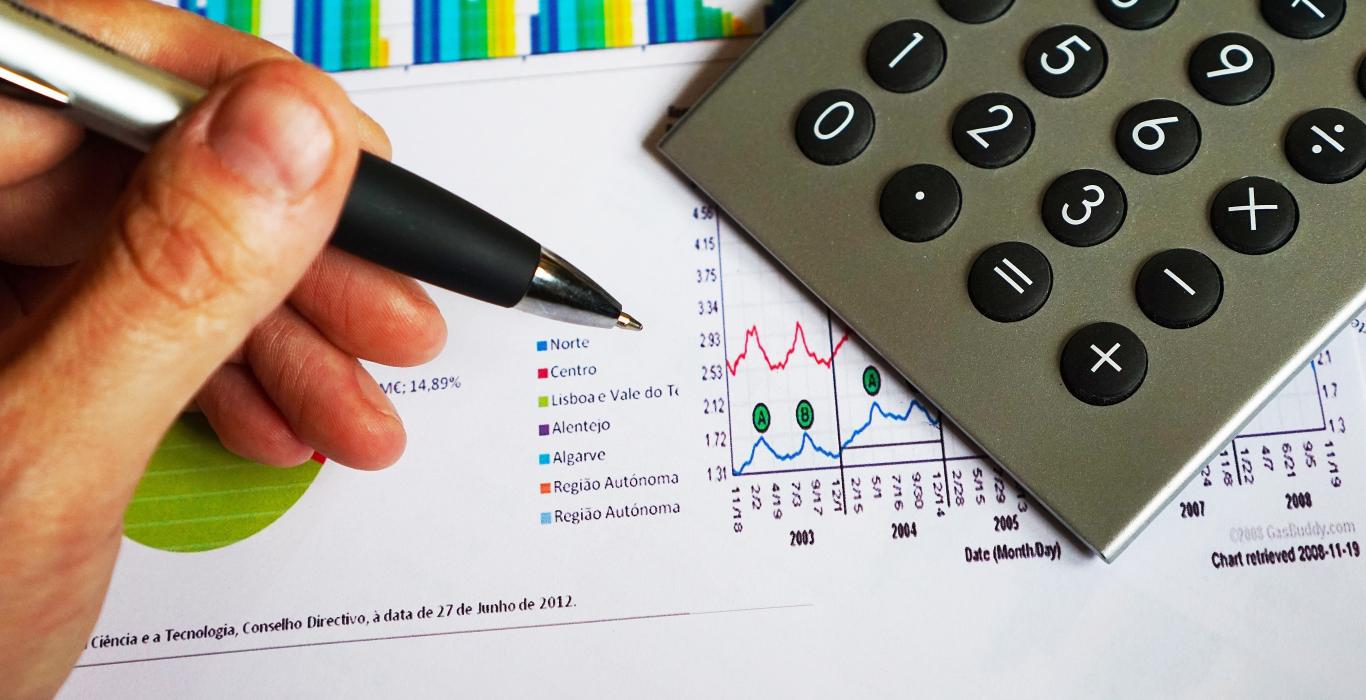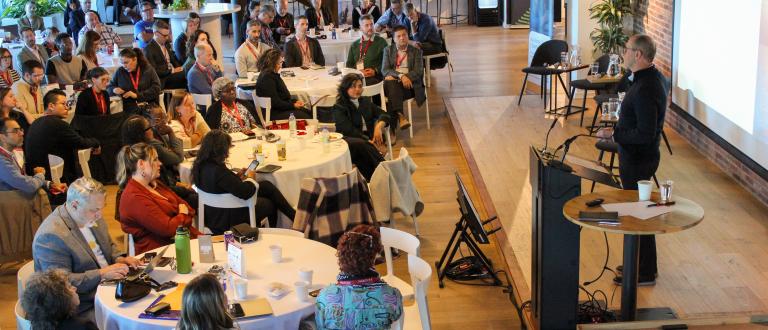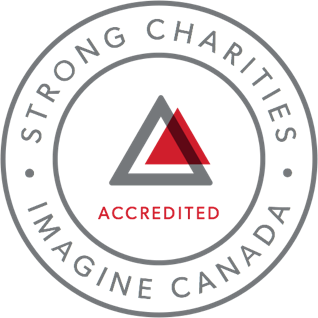The budget is the translation of your story into numbers - it's the backbone of any grant application.
Many funders consider the budget the best way to get a feel for your project and it is often the first section they read in your proposal. But few fundraisers are trained accountants, and odds are that you cringe at the thought of spending time with spreadsheets. We've compiled this list of tips to get you through the process unscathed and with a budget you can be proud of.
1. List every expense - including your overheads
Remember that the funder has reviewed hundreds of budgets before looking at yours. They have an exceptional grasp of realistic expenses.
The grant budget should be as detailed as possible. This means listing every direct and indirect expense associated with your project. Remember that the funder has reviewed hundreds of budgets before looking at yours. They have an exceptional grasp of realistic expenses. Excluding any costs from your budget – including overhead – makes your project seem unachievable and may lead to rejection.
Full time employees assigned to the project should be included in the budget at an appropriate percentage of time. If the Executive Director earns $55,000 and will spend 10% of their time over 6 months supervising the project, then $2,750 should be listed as an expense. Where relevant, employee benefits should be included in the budget. Considering that fringe benefits can be up to 25% of salaries, omitting this expense will leave you short on revenue and may raise red flags for the grant application.
A word of caution: tailor your approach to the guidelines of each funder. Many will have an allowed percentage for overhead and a few do not allow for it at all.
Some of the overhead expenses you may want to include are: legal and accounting fees, utilities, office space, and insurance. Including a percentage of these in your grant budget allows the project to bear some of the organization’s day-to-day operating costs. Without these expenses, the organization can’t run at all and the project described in your proposal wouldn’t be able to go forward.
A simple option for the inclusion of overhead is to list it as a percentage of the total budget (e.g., 15%) and as a unique budget line. A word of caution: tailor your approach to the guidelines of each funder. Many will have an allowed percentage for overhead and a few do not allow for it at all.
2. Include in-kind costs
Any expense that is being covered by an in-kind gift – such as the donated use of a building, free advertising, or pro-bono professional services – should be included in your proposal budget. Including these costs demonstrates that you have sought creative sources of funding for your project and displays evidence of broader community support.
In-kind donations should be listed in your budget based on their market value. If the 1,000 square foot office space being used for your project was generously donated by a sponsor, include the average cost of renting an office of this size. Unless guidelines for listing in-kind donations are given, include them in your expenses (e.g., office space) as well as in your revenues (e.g., in-kind donations). This will ensure you have a balanced budget and that the “real” cost of your proposed project is shown.
3. Detail all sources of income
Show your potential funder that you have diversified income by listing all revenue sources on the grant budget, including other grants you have received (either pending or confirmed) or that you will be applying for. This gives evidence that the project will be sustainable and shows that you have garnered community support.
Other common revenue sources to list include fee-for-service income, unrelated business income, special fundraising events and individual contributions. If you intend on raising revenue from the beneficiaries of your project – by charging them fees for participation, for example – ensure that your proposal explains why and the mechanisms in place to accomplish this.
4. Show your calculations
Remember grade nine math classes when the teacher insisted that calculations were shown along with your answer? Well it’s the same with proposal budgets. Funders need to know how you arrived at the budget lines in your grant.
Earlier in this article we described how to calculate the expense for an Executive Director who contributes 10% of their time over 6 months to the proposed project. These calculations should be included in the budget, next to the total cost:
Personnel: Executive Director ($55,000/year x 10% x ½year) = $2,750
5. Give the numbers context
Including a narrative description in your budget can explain any details that may raise questions. Notes proactively address any concerns about the budget, which makes the review process easier for the funder and demonstrates good planning.
The notes section can be structured in a variety of ways; footnotes are a common option. A good suggestion offered by Storytelling for Grantseekers is to include a note on any items representing 5% or more of the total budget.
6. Start with your budget
Consider completing a draft of the budget before the rest of the grant. As the full proposal references this section, it will make the entire process much more efficient and it will add focus to your writing.
Written by Devon Hurvid and Paul Anderson, this blog post was featured in Grantseeker Monthly, the e-newsletter of Grant Connect. Prospecting funders with Grant Connect can minimize your research time to minutes and increase your chances of grantwriting success! This online database – available on a subscription basis or free-for-use at many public libraries – identifies your perfect funder matches and provides you with detailed research on each one. Imagine Canada has a team of research staff who regularly edit and add content to the database, which is a tremendous help when you’re pressed for time!



